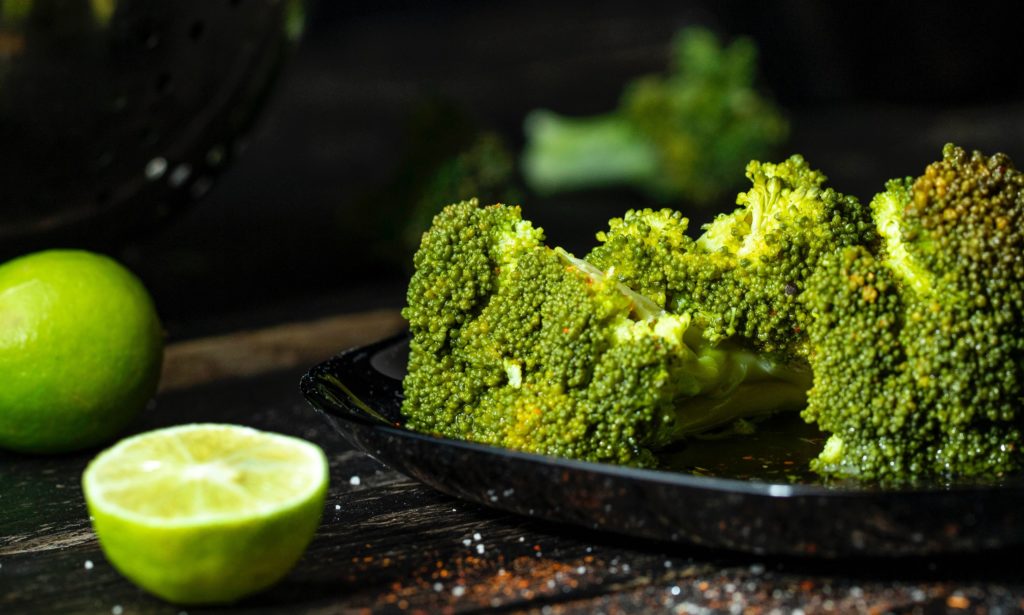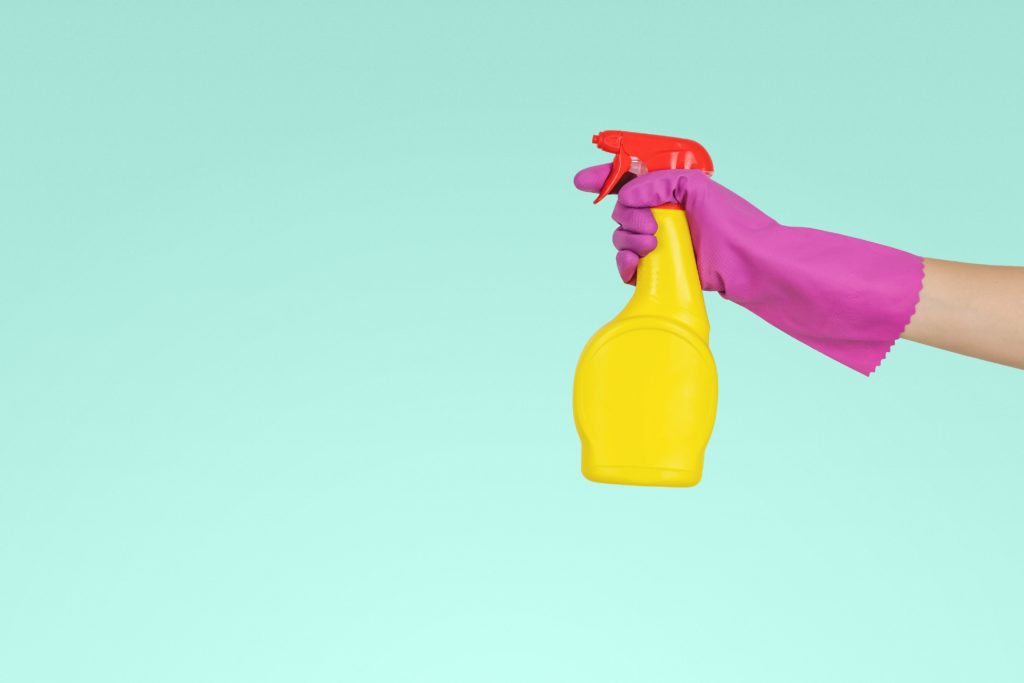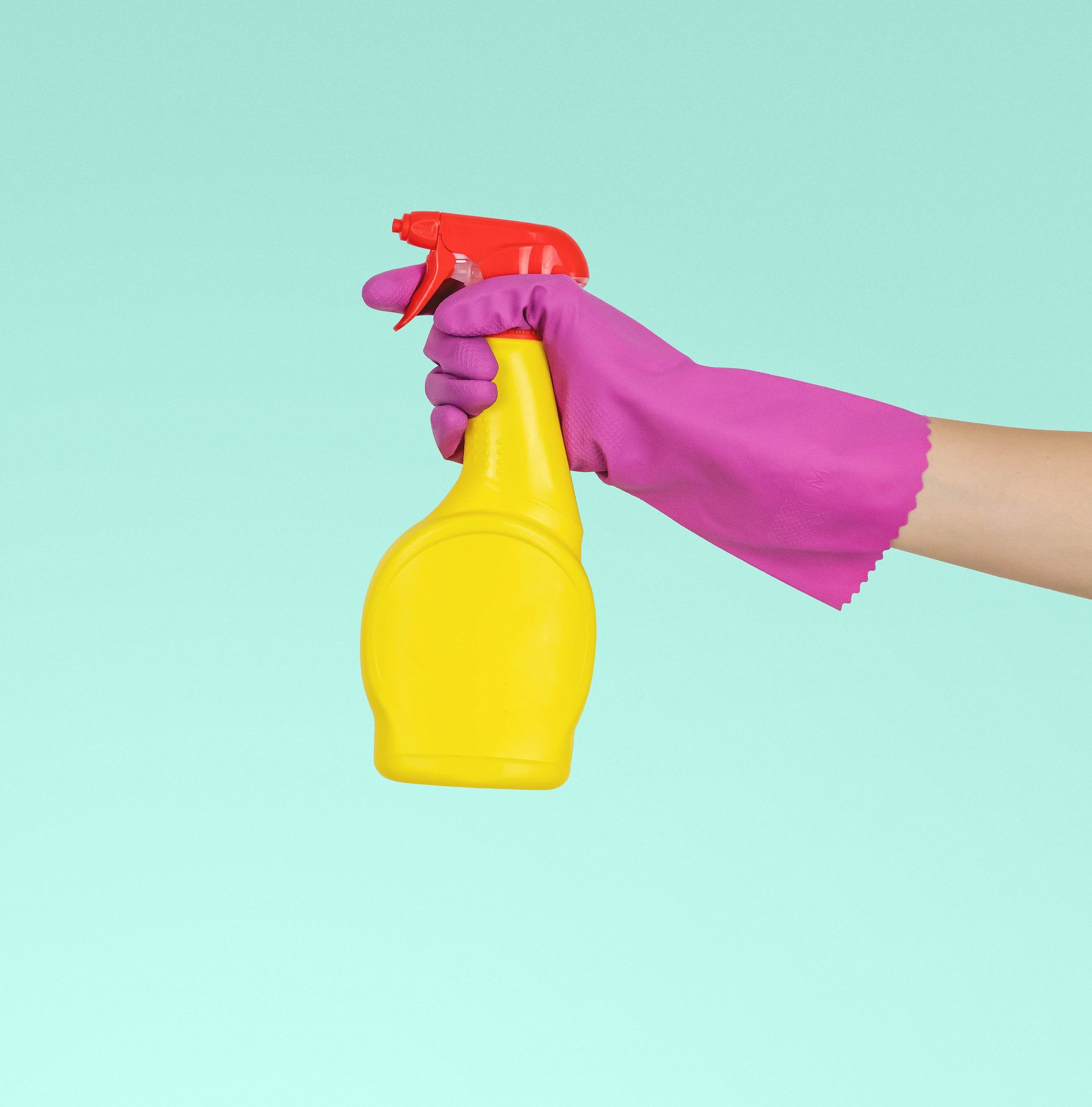Hormone disruptors, also called endocrine disruptors, are chemicals that exist either inside or outside of our bodies that can interfere with our hormone balance. They have a significant impact on reproductive health and can even lead to the development of cancer. Most external sources of these compounds are resistant to breakdown, so even after their use becomes banned, they can persist in the environment for decades and they have a big impact on the quality of food we eat. If your diet is poor with low fiber content, this can amplify the risk of endocrine disruption, by preventing the clearance of toxins. Emerging research shows that the gut microbiome plays a central role in the regulation of estrogen levels within the body and influences the risk of developing estrogen-related diseases like polycystic ovary syndrome (PCOS), endometriosis and breast cancer.
There are two sources of endocrine disruptors for us to familiarize ourselves with: Endogenous (inside of your body) and Exogenous (outside of your body).

Endogenous Hormone Disruptors
Endogenous hormone disruptors are a result of dysfunction within the body. They are largely within our control and we can either enhance or halt internal processes like detoxification through diet and lifestyle. Your gut microbiome regulates key aspects of your health – immunity, intestinal permeability, nutrient absorption, mood – but did you also know that it plays a fundamental role in regulating your hormones?
The Gut Microbiome, Estrobolome & Liver Function
There has been a lot of talk recently about the estrobolome. You may be wondering what it is exactly. The Estrobolome is part of your gut microbiome that is made up of bacteria that metabolize estrogens. When the gut microbiome is healthy, the estrobolome produces just the right amount of an important enzyme called beta-glucuronidase to maintain estrogen balance. However, when gut dysbiosis is present, the activity of this enzyme is altered. This can produce either a deficiency or an excess of estrogen, promoting the development of estrogen-related diseases like endometriosis and polycystic ovary syndrome (PCOS). A dysfunctional gut microbiome can be the result of chronic low grade inflammation, poor diet, excess antibiotic usage, and other health conditions. Combined with inadequate fiber and antioxidants, this can disrupt your ability to optimally clear hormones.
Proper liver functioning is also essential for the clearance of hormones. The liver works closely with the gut and problems arise when either is not functioning properly. If the liver is working well, but the gut is not, estrogens will not properly clear. If your gut is working optimally, but your liver is sluggish, estrogens will again linger in your system.
Wondering where to get started? Here are 5 hormone balancing action items that can make a big impact:
1. FIBER: Low fiber diets are associated with constipation and fiber helps to bind estrogens and clear them out of your body. Focusing on a high-fiber diet, mainly from fruit and vegetables, will help to balance your gut microbiome and increase the speed of clearance of excess hormones. Women should be consuming at least 25g of fiber each day.
2. GRASS FED BUTTER: Your gut bacteria feed on fiber in order to make an essential short-chain fatty acid called butyrate. Butyrate is an important source of energy for your gut microbiome. The survival of healthy cells depends upon it. Butyrate not only feeds your intestinal cells, but it has also been shown to decrease insulin resistance and increase your metabolism. It can also control inflammation and slow the development of cancer cells. The best food source of butyrate comes from grass-fed butter. Grass-fed butter also contains CLA (boosts your immune system), vitamin K2, omega-3 fatty acids, MCTs, and vitamin A!
3. FERMENTED FOODS: A balanced gut microbiome is equipped with an equilibrium of healthy bacteria which, when fed properly, will efficiently multiply and create a community within your gut that help with digestion, immunity, metabolism, and to reduce inflammation. This doesn’t mean you have to go out and buy probiotic supplements. Fermented foods are preferred over a probiotic, as these foods travel with your beneficial flora and carry other amazing phytonutrients and antioxidants along with them. Examples of fermented foods include: yogurt, kefir, sauerkraut, kimchi, tempeh, and kombucha.
4. LIVER SUPPORT FOODS: Foods that are known to support liver detoxification pathways include vegetables in the cruciferous family such as broccoli, cauliflower, Brussel sprouts and cabbage, and fruits in the citrus family such lemon and lime.
5. AVOID HORMONE DISRUPTORS: Avoid the exogenous hormone disruptors in the list below, and opt for natural health care products and cosmetics whenever possible. Also avoid sugar, refined carbohydrates, and an excess of animal products in your diet.

Exogenous Hormone Disruptors
Exogenous hormone disruptors are external variables in the environment that, when we consume or are exposed to, can disrupt hormones. With exogenous EDCs, we need to be mindful of what we surround ourselves with and what we put into our bodies. It can be very difficult to avoid these. While some of the most toxic compounds have been banned from human use for many years, some still linger in the environment, found in our water sources and soil.
Outside of your body, there are hundreds of exogenous endocrine disrupting compounds that we are exposed to that vary depending upon your home environment, working conditions, and location.
To keep it simple, below is a list of the 9 most common toxins to have on your radar and a list of where they are found:

Bisphenol A (BPA) and other Bisphenols
BPA is an industrial compound used to make plastics and sealants, and has long been recognized as a dangerous substance for human health. High levels of exposure to BPA can cause cancer, as well as other health effects on the brain of developing fetuses, infants, and children.
Found in: plastics, including water bottles, food storage containers, baby bottles, reusable bottles, receipts, canned foods, medical devices, animal products, children’s toys.
Phthalates
Phthalates are colourless liquids that are added to plastics to make them more flexible. They are also used commonly in cosmetic and hygiene products. Phthalates have been linked to cancer, and developmental defects.
Found in: Perfume, shampoo, deodorant, after-shave, lotions, air fresheners, laundry detergent, cleaning products, shower curtains, medical equipment, car interiors, electronics, animal products.
Flame Retardants including Polybrominated Diphenyl Esters (PBDE)
PBDEs are used as flame retardants. PBDEs have now been banned in the United States after studies were showing that levels of PBDEs were doubling in women’s breast milk every 5 years. While PBDEs are not manufactured in Canada, they are not banned, so imported items may contain PBDEs. PBDEs are particular to note in pregnancy as they disrupt thyroid hormones in pregnant women and newborns.
Found in: furniture (carpets, curtains, upholstery, cabinets, small appliances, mattresses), clothing, electronics, children’s toys.
Parabens
Parabens are the most commonly used preservative in cosmetics. They can also be in fragrances, but are not commonly listed as an ingredient. Parabens are an estrogen mimetic, meaning they bind and activate estrogen receptors in your body. This can disrupt natural hormone function.
Found in: Most cosmetic products, personal hygiene products like shampoo, processed food (as a preservative).
Lead
Lead was a huge concern that seems to have been eradicated after a couple of children’s toy paint and old pipe scandals. However, lead is not completely out of the picture. Recently a study found that 5 Canadian cities had lead contamination in their tap water, similar, if not worse than Flint, Michigan in the 2014 water contamination scandal. Now these cities in Canada are exceeding up to 39% past the federal limits of lead. High levels of lead can cause kidney, and brain damage.
Found in: Paint (in older items or homes), dust, soil, water, children’s toys.
Mercury
This is particularly a concern with seafood. Mercury toxicity can have harmful effects on your nervous, digestive, and immune system, especially that of young children. Even small amounts are a threat in pregnancy.
Found in: Fish, old electronics.
Perfluorinated Chemicals (PFCs)
PFCs are a group of chemicals that make coatings to resist heat, oil, grease, stains, and water. They are toxic carcinogens that can cause birth defects, poor semen quality, liver injury, and high cholesterol. PFCs are also another EDC that stays in the environment for hundreds of years, being found in rivers, lakes, and animals. The most common contributor of PFCs are non-stick cookware.
Found in: Non-stick pans, Teflon, food wrappers, pizza boxes, meats, eggs, clothing, cars.
Pesticides
Pesticides and herbicides, including organophosphates and atrazine, have the sole purpose of destroying difficult weeds and pests. They can cause cancer and disrupt hormones.
Found in: Foods, lawns, soil.
Triclosan
Triclosan is an anti-bacterial agent found in many household hygiene and cleaning products. It is an endocrine disruptor that has an effect on the thyroid, reproduction, development, allergies, asthma, and eczema.
Found in: cleaning products, soap, toothpaste, mouthwash, deodorant, cosmetics, dish soap
It’s also worth noting just how toxic our makeup and cosmetics can be if we’re not opting for natural products. The David Suzuki Foundation has found that found that 80% of the most common cosmetic products contain one or more of the ingredients in his “Dirty Dozen Toxic Cosmetic Ingredients” list. You can view this list here.
What can you take from all of this information?
In reality, it is nearly impossible to avoid all hormone disruptors completely. All we can do is try our best to make healthy decisions for our families and our planet. By making small incremental changes to your diet and lifestyle, you will be well on your way to living a cleaner life, and to having more balanced hormones!
You can learn more about Dr. Elizabeth Goldspink, ND here!
